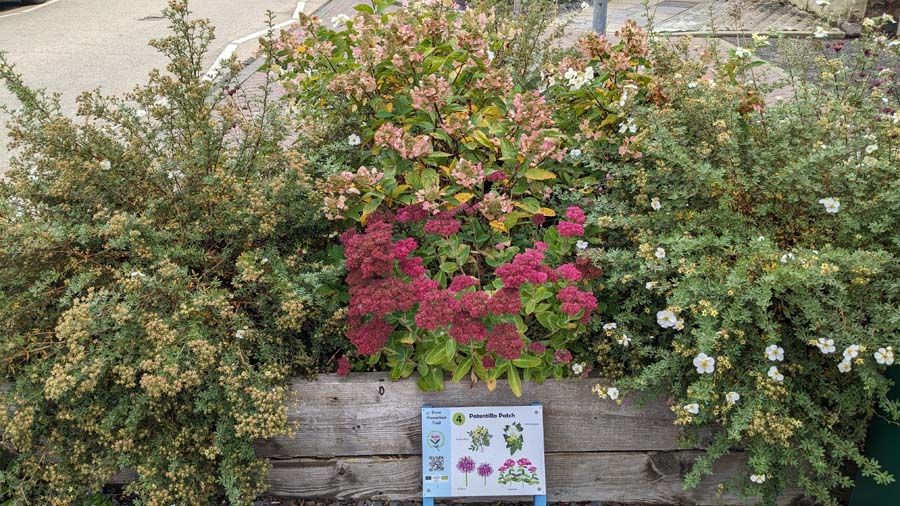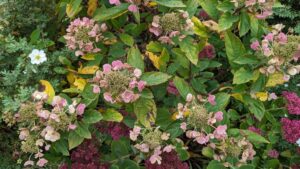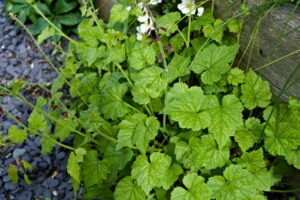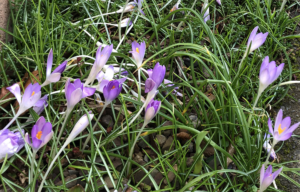
 |
Robust and Reliable --- Potentilla also known as Shrubby Cinq Foil | Potentilla. These tough little shrubs will grow even in poor soil. In the winter they lose all their leaves but produce flowers freely all summer and are covered in small creamy white flowers with yellow centres. --- Did you know? Potentilla also grow in many different flower colours including orange, yellow, pink, peach and red and a in range of sizes. There is one to suit every spot! |
 |
Robust and Reliable --- Hydrangea also can be known as ‘Mopheads’ or ‘ Lacecaps’ or ‘Paniculata’ depending on the type | Hydrangea. These large showy shrubs have large yet delicate long lasting flower heads, usually in shades of pink, white or blue. They flower from Spring through to Autumn. In the winter insects will hibernate in the attractive dry brown flower heads. Some Hydrangeas have beautiful lace like flowers called ‘Lacecaps’ or huge flowers called ‘Mopheads’. Ours are the white ‘paniculata’ variety with more slender, pointed flower heads. --- Did you know? The colour of Hydrangea flowers depends on the type of soil they grow in. Acid soils produce blue flowers and alkaline soils produce pink flowers. To keep blue Hydrangeas blue in neutral or alkaline soil they should be grown in a special type of acidic compost called ‘Ericaceous compost’. |
 |
Robust and Reliable --- Tellima also known as ‘Fringe cups’ | Tellima You can spot Tellima flowers from May to June. Tellima has low clumped rosettes of hairy dark green leaves. The little greenish white flowers shoot out on tall gently arched spikes. --- Did you know? Tellima is a really useful plant to fill spaces in ‘hard to grow’ dry shade areas. |
 |
Robust and Reliable --- Vinca also known as Periwinkle or Creeping Myrtle | Vinca You will need to look low on the ground to spot Vinca. It is known as a ‘groundcover’ plant as it spreads its dark glossy green or green and cream leaves to form excellent ground cover. The solitary flowers are small, violet blue or white. --- Did you know? Vinca has many folk tales. It was known as the flower of purity and everlasting love. However it was also known as the ‘flower of death’ because it was woven into headbands to be worn by criminals on their way to execution. |
 |
Wildlife Welcomer --- Sedum also known as Hylotelephium or Stonecrop | Sedum flowers are loved by butterflies and bees as they provide a source of nectar in late Summer and Autumn. You will spot the big flat saucer shaped heads of tiny star shaped flowers above thick stems in shades of pink, rose, purple and burgundy. --- Did you know? Sedums are ‘succulents’. This means that they have thick fleshy leaves and stems designed to store plenty of water. |
 |
Wildlife Welcomer --- Astrantias also known as Masterwort or Hattie’s Pincushion | Astrantias can be spotted flowering in early Summer. In the right soil and spot some will repeat flower for a long time. Look for their exquisite flowers. They are small with a ruffle of outer petals and a little pincushion type centre. Astrantias do not like extremes of dry or wet soil or extremes of shade or sunshine. --- Did you know? Like many plants, Astrantia will keep flowering if you keep ‘deadheading’. This means snipping the flower stems off at the base as the flowers fade. |
 |
Beautiful Bulbs --- Allium also known as Ornamental Onions | Alliums are easy to spot in the Spring and early Summer. They have tall straight strong green stems and big showy globe shaped heads made up of hundreds of tiny star shaped white, blue, purple or pink flowers. --- Did you know? Alliums make great cut flowers but they do smell of onion! The dried seed heads look beautiful in Autumn and Winter. |
 |
Beautiful Bulbs --- Crocus also known as the Saffron crocus…Crocus ‘sativus’ | Crocus. You will see these cheerful little low growing flowers in late Winter and Early Spring. The flowers are yellow, white or purple. Crocuses are a great source of pollen for early emerging pollinating insects. Crocuses love winter sunshine and will happily grow in borders, pots or grassy meadows. --- Did you know? The prized spice Saffron comes from the stigma of the crocus. Saffron is often used to flavour paella and other rice dishes. Each crocus produces only three tiny orangey red saffron stigma inside the petals. Saffron is very fiddly to harvest. This explains why it is very expensive. |
Continue along the main road for one or two minutes and you will reach Herby Hillock.
Disclaimer
Our plants are grown for ornamental purposes only. We do not advise touching or ingesting any parts of the plants on the Duns Flowerbed Trail. Many plants can be an irritant or toxic when smelt, ingested or touched. All the ‘Did you know?’ information about alternative plant use is provided for educational interest only.
